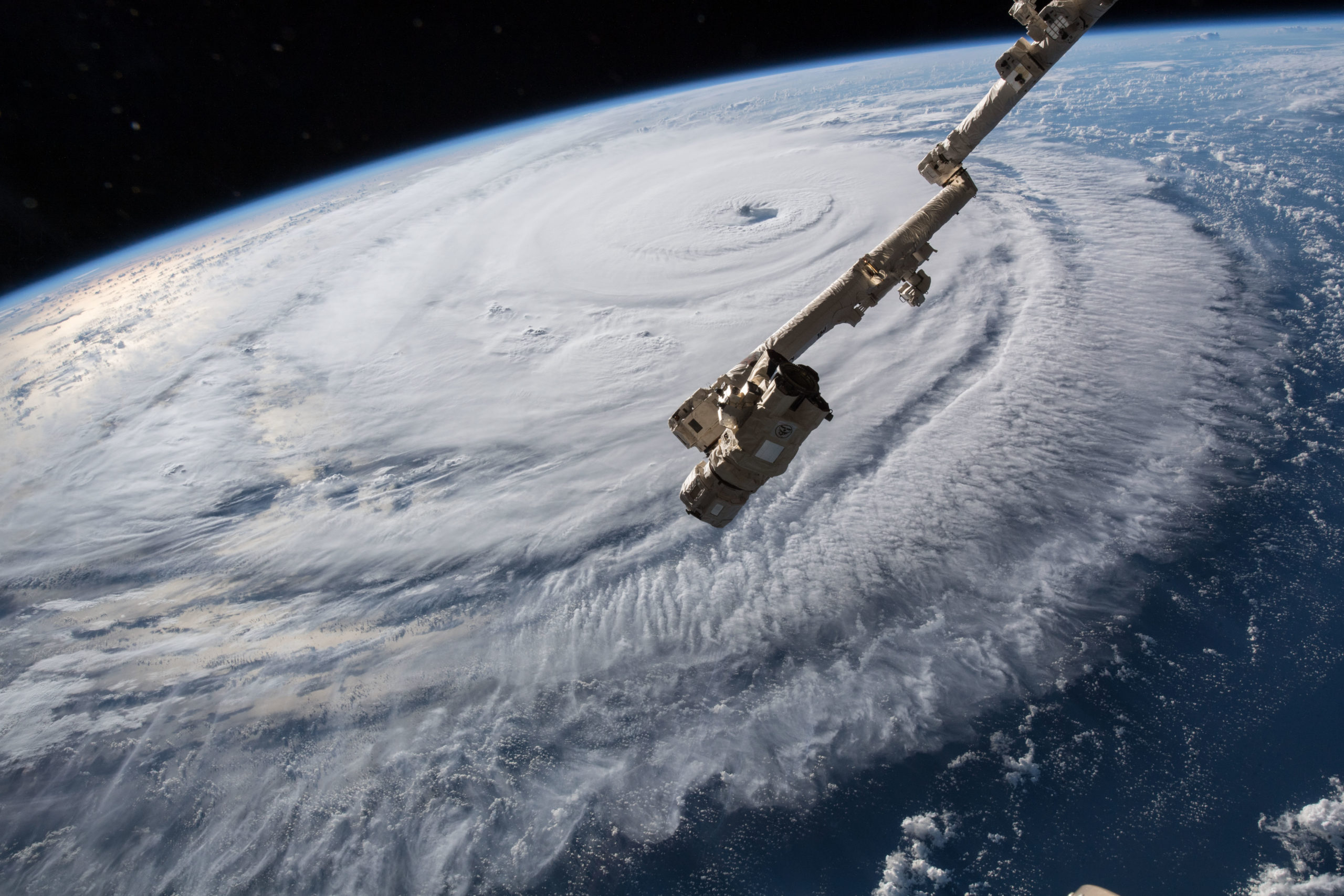

The 2023 Atlantic hurricane season officially ended on Nov. 30.
The season tied as the fourth most active season on record with 20 named storms, including seven hurricanes – three of which intensified to major hurricane (Category 3+) status.
Despite El Niño conditions which typically suppress hurricane activity, record-high ocean temperatures ushered in an above-average year. “The Atlantic basin produced the most named storms of any El Niño influenced year in the modern record,” said Matthew Rosencrans, lead forecaster at the NOAA Climate Prediction Center.
Furthermore, research has been published linking the unusual circulation patterns of 2023 to human-caused climate change.
In total, 22 storms developed in the 2023 season: 20 named storms (12 tropical storms; seven hurricanes, including three major Category 3 or higher; and one unusual, subtropical cyclone that formed Jan. 16 off the coast of the northeastern U.S.) and two numbered storms. An average hurricane season has 14 named storms, including seven hurricanes and three major hurricanes.
Researchers at Colorado State University noted that the 2023 hurricane season was marked by a larger-than-average number of storms occurring early in the season and the latest formation of a hurricane in the tropical Atlantic – Hurricane Tammy on Oct. 20 – on record for any calendar year.
Only eight storms made landfall, with only three – Harold, Idalia and Ophelia – making landfall in the U.S. The most costly, Hurricane Idalia, was a “billion-dollar storm” – meaning that more than $1 billion in damages occurred.
Most storms, however, were referred to as “fish storms” because they posed no risk to land.
(Photo: A hurricane in the Atlantic. Source: NASA)
The first storm of the 2023 season came unseasonably early on Jan. 16 and was subsequently named “Unnamed subtropical storm” because it was not initially recognized as a tropical event. The next event of 2023 was Tropical Storm Arlene on June 2, the second day of hurricane season.
Tropical Storms Bret and Cindy were the third and fourth named storms of the season, something that, on average (1991-2020), does not occur until Aug. 3. Both Bret and Cindy were considered to be extremely early systems to develop in the Main Development Zone.
July and August brought eight named storms – Hurricanes Don, Franklin, and Idalia along with Tropical Storms Emily, Gert, Harold, Jose and Katia – and four – Emily, Franklin, Gert and Harold – formed within 39 hours of each other.
In September, Hurricanes Lee, Margot and Nigel along with Tropical Storms Ophelia, Phillippe and Rita formed, while Tropical Storm Sean and Hurricane Tammy arrived in October.
Latest Updates
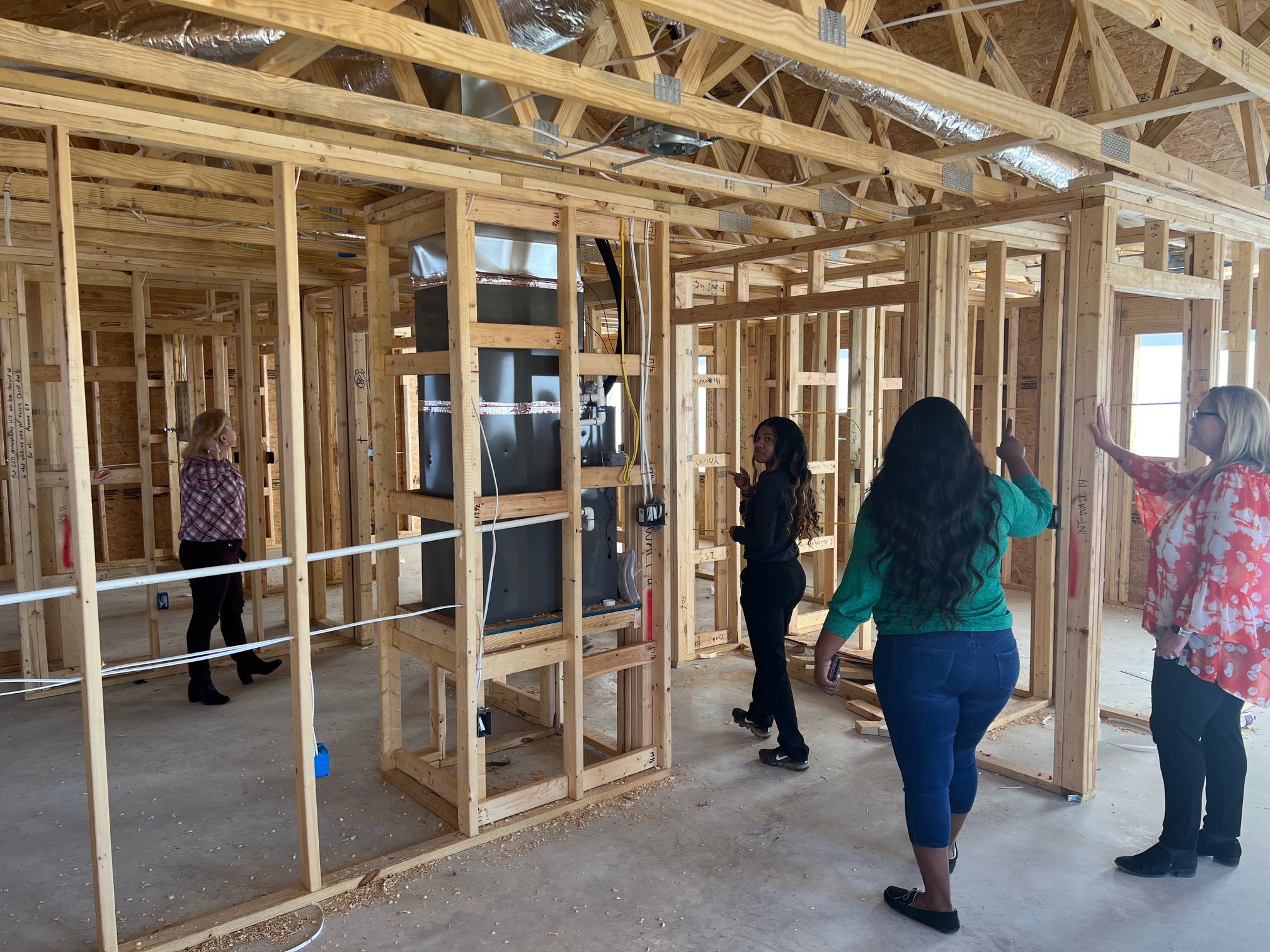
Announcing $2.12 million to support recovery from hurricanes, wildfires, tornadoes and more
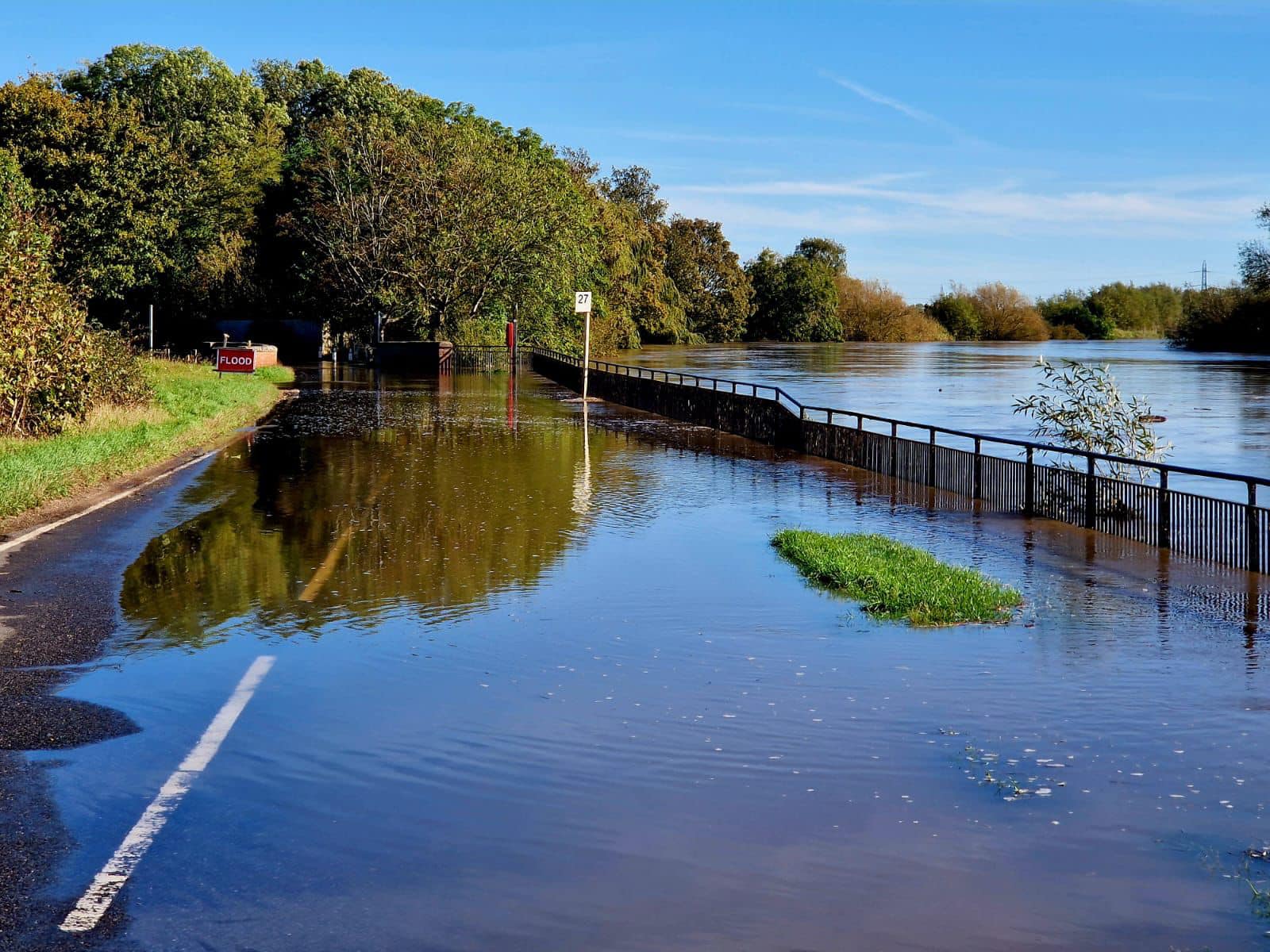
What we’re watching: Weekly disaster update, October 23
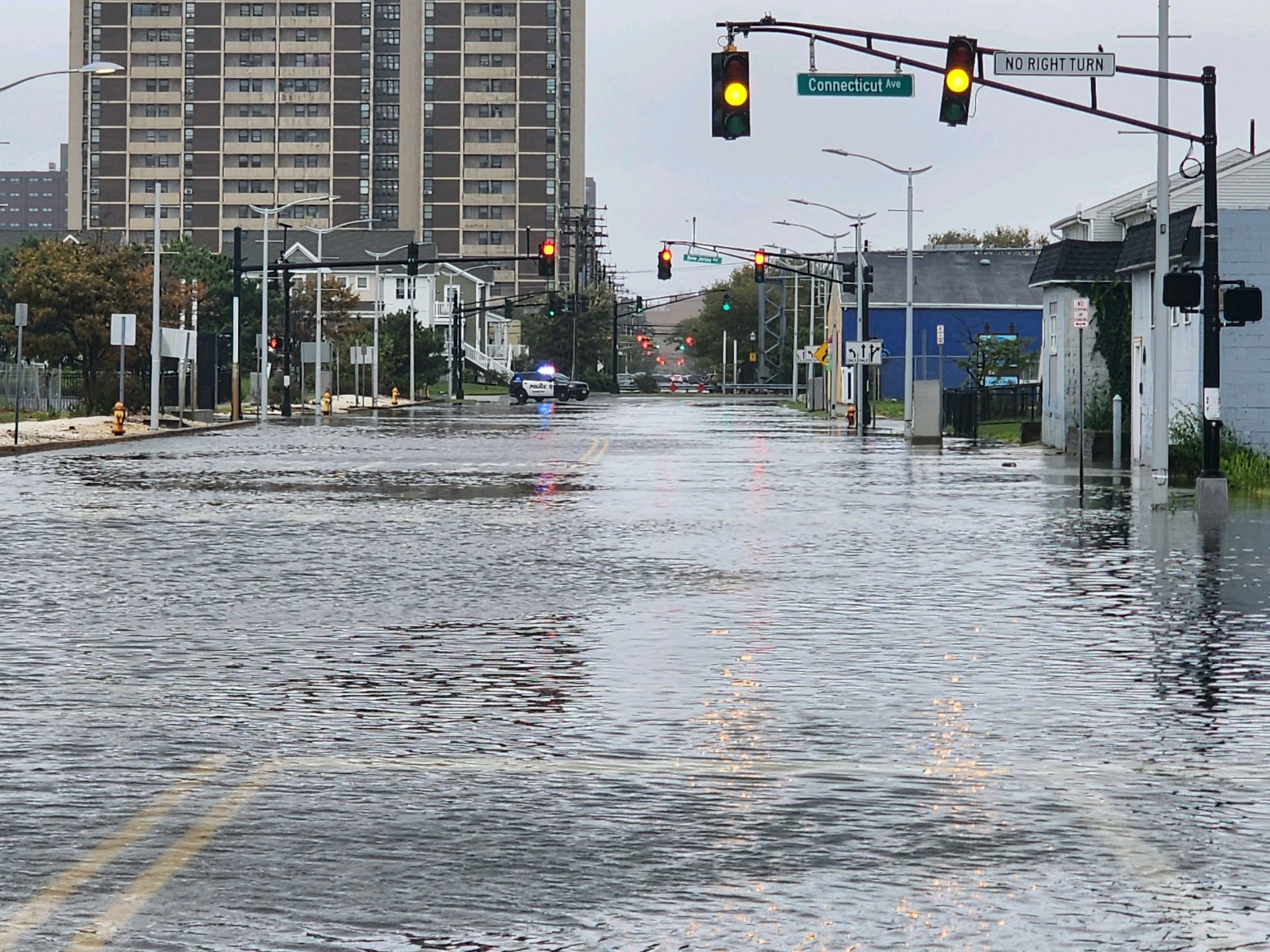
What we’re watching: Weekly disaster update, September 25
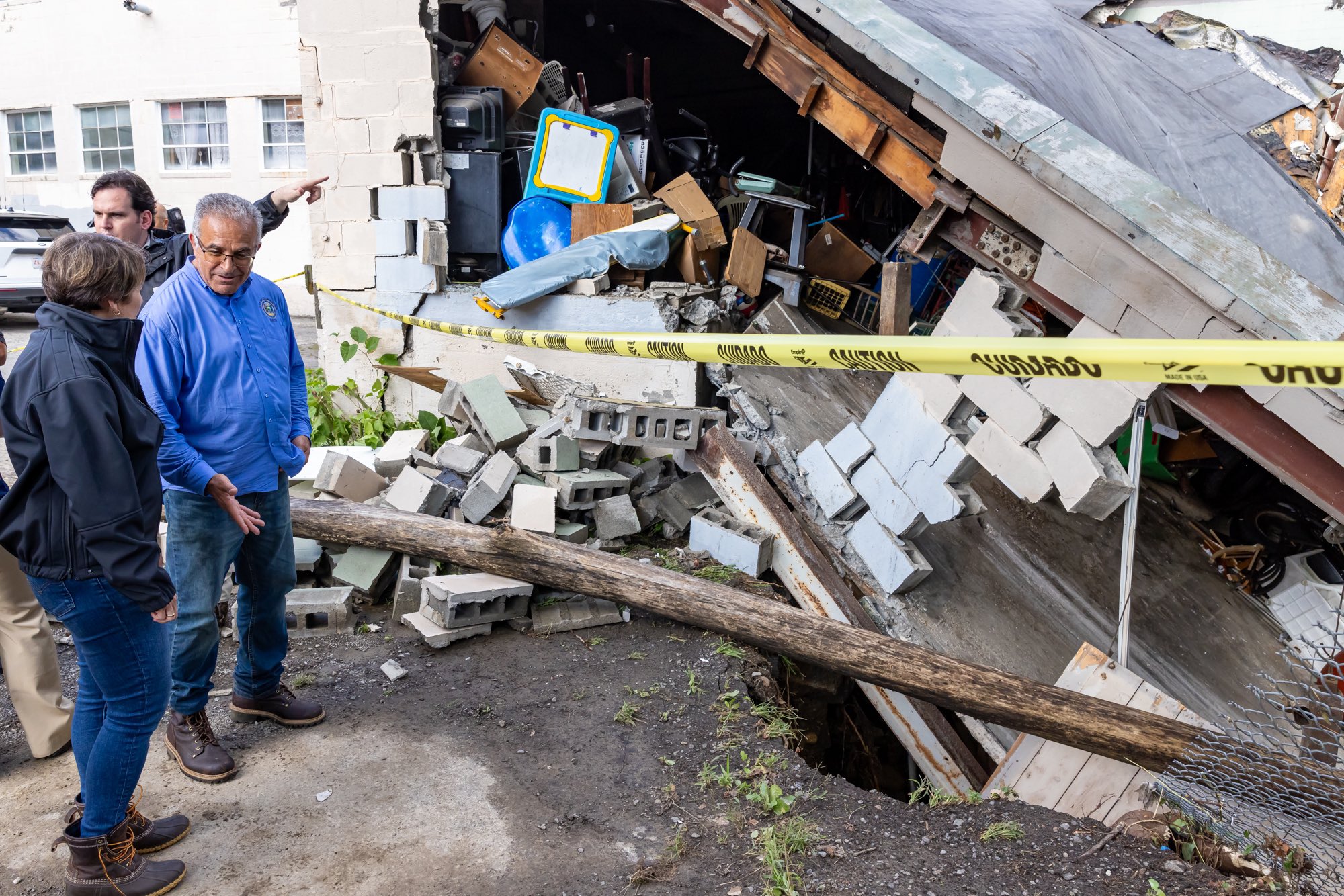
What we’re watching: Weekly disaster update, September 18
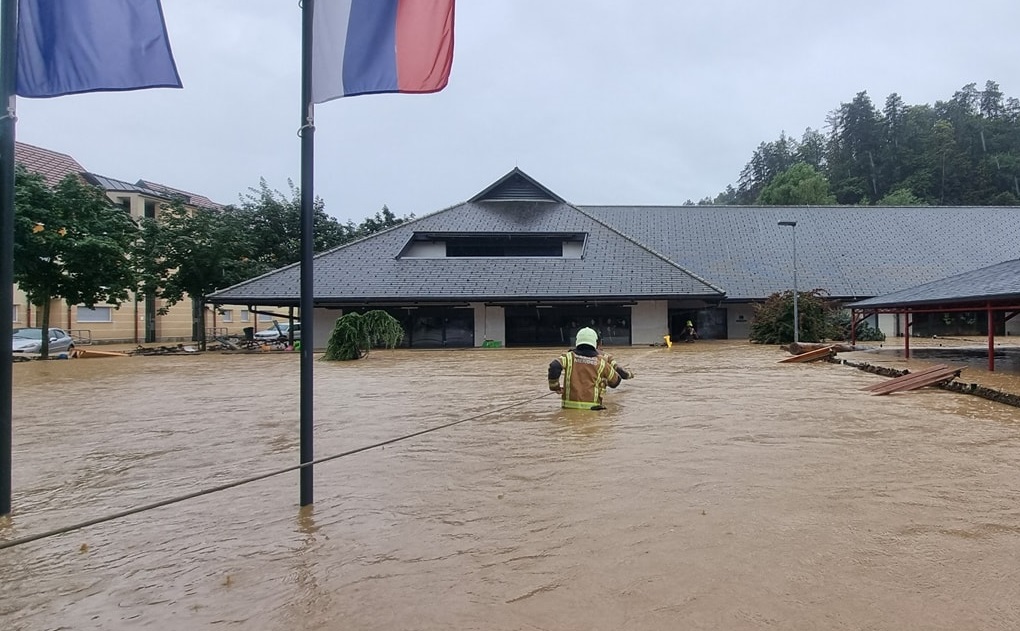
What we’re watching: Weekly disaster update, Aug. 7
Overview
In this profile, storms in the Atlantic/Gulf regions will be listed in reverse chronological order, except for the most damaging storms, which are listed first.
Tropical Storm Ophelia
Tropical Storm Ophelia, grew from a disturbance on Sept. 21 off Florida’s east coast, before becoming a tropical storm and making landfall in North Carolina on Sept. 22. As it moved across the state and up the coast, it weakened considerably but still caused heavy rainfall.
There was extensive flooding and downed power lines and trees from North Carolina to New Jersey. Remnants of Ophelia merged with a low-pressure area, which led to significant floods in New York City on Sept. 29. Losses from Ophelia were estimated at nearly half a billion dollars.
Hurricane Lee
Hurricane Lee was a long-lasting hurricane, which first formed as a tropical depression on Sept. 5 in the Central Atlantic, most notably growing from Category 1 to Category 5 status in less than 24 hours on Sept. 7.
Lee was the first Category 5 storm of the 2023 Atlantic Hurricane Season and gave Maine its first hurricane watch in nearly 15 years. According to meteorologist Michael Lowry, “Washington County, Maine – the easternmost point in the contiguous U.S. bordering Canada – spent more time in the forecast cone in 2023 than any other county in the U.S.”
Lee made landfall on Sept. 16 as a post-tropical cyclone about 135 miles west of Halifax, the capital of Nova Scotia.The storm affected a large portion of New England and Atlantic Canada with damaging winds and heavy rains that knocked down trees, flooded roadways and cut power to tens of thousands. One person was killed in Searsport, Maine, after a tree limb fell on their vehicle on U.S. Highway 1. A 15-year-old boy was killed in Fernandina Beach, Florida on Sept. 13 due to waves associated with Lee.
President Biden issued emergency management declarations for Maine and Massachusetts. All counties in both states were included in the declarations which provide Public Assistance Category B, Emergency Protective Measures; however, no funding obligatons were made.
Hurricane Idalia
Idalia made landfall at Keaton Beach in Florida’s Big Bend area (wind speeds around 125 mph) as a Category 3 hurricane at 7:45 am ET on Aug. 30, after briefly undergoing a rapid intensification to a Category 4 storm overnight. This area had not been hit by a strong storm since the Cedar Keys hurricane in 1896.
At least ten people were killed in incidents related to the hurricane: four in Florida, three in New Jersey, and one each in Delaware, Georgia, and North Carolina.
Idalia was one of 25 U.S. billion dollar weather and climate disasters, as of the end of November. According to NOAA, 2023 has become the worst year on record for billion-dollar climate disasters in the U.S. Experts continue to warn that extreme events will become more prevalent and intense unless human-caused climate change is dramatically curbed.
Florida
Moody’s RMS estimated insured losses in Florida’s Big Bend area at $3 billion to $5 billion. The state average income is $61,000, but in these communities, median income is $15,000 to $20,000, leaving 1 in 5 people living in poverty, and, unlike most counties in Florida, this area of the state has been steadily losing residents.
In some Big Bend area rural communities, 80%+ of people live in poverty. In three coastal counties in Idalia’s path, only an estimated 5,100 people of the combined 80,000 person population were covered by flood insurance.
In many rural communities, disaster recovery needs often quickly out weigh available resources, leaving residents even more vulnerable as a result. The death toll and damage, however, were significantly less than in Hurricanes Michael and Ian because the Big Bend area is less densely populated.
Idalia’s storm surge was the biggest ever seen and stretched 250 miles (from Mexico Beach, hit by Michael in 2018, down to Naples, which Ian hit in 2022). In some areas, the National Weather Service found that the storm surge reached 12 feet above dry ground. The Sun Sentinel reported that, “It was the largest surge Tampa had seen since the 1921, when, according to the National Oceanic and Atmospheric Administration, the Tampa Bay/Tarpon Springs Hurricane brought 11 feet of storm surge to the city.”
Many islands and peninsulas were cut off from the mainland for hours as extensive flooding was experienced in many barrier islands, as far south as Pinellas County. The barrier islands lost several years of dune recovery. According to Axios, “Ping Wang, a professor in the School of Geosciences who has studied west Florida beach erosion for 20 years, told the Tampa Bay Times it was the worst erosion he’d ever seen from a single storm.”
A federal disaster declaration (DR-4734) was approved for most counties in Florida. Individual assistance is provided in 16 counties. Public assistance of some kind was approved for all but 18 counties. FEMA reports that 35,547 individual assistance applications were approved for a total commitment of $77.55 million. For public assistance categories A and B, nearly $274 million were obligated.
The total collective FEMA public and individual assistance funding obligations account for roughly 12% of the estimated losses. Disaster survivors, insurance, local community-based organizations and local/state governments will be left to account for the remaining 88% of damages. To date, Florida lawmakers have committed $288 million already in disaster-related funding.
Georgia
Georgia experienced heavy wind impacts from Idalia, which moved into the state the morning of Aug. 30, still as a Category 1 hurricane. The hurricane was on the ground in Georgia for approximately 18 hours, the longest of any impacted state, swamping some areas with nearly 10 inches of rain.
The most heavily affected area was the Valdosta area, which saw flooding and downed trees and power lines blocking streets. The Valdosta Daily Times reported that Lowndes County (where Valdosta is located) had insured losses of about $12.8 million, and Governor Brian Kemp estimated that the total cost of public assistance needs was over $41 million. Kemp said, “The specific counties hit by Hurricane Idalia have significant vulnerable populations. Any instability is potentially catastrophic to the health and wellbeing of these communities.”
President Biden approved the governor’s request for a major disaster declaration (DR-4738) on Sept. 7. The initial registration period for FEMA assistance closed with 1,332 approved applications for Individual Assistance (IA) – a $4.35 million funding obligation – in five counties. 29 counties were approved for Public Assistance Categories A-G with $1.35 million obligated.
South Carolina
Idalia moved through South Carolina overnight on Aug. 30 as a tropical storm with minimal damage compared to Florida and Georgia. Water at Charleston Harbor exceeded 9 feet, the fifth-highest water level ever recorded.
President Biden approved a emergency management declaration in South Carolina (EM-3597) on Aug. 31 for 23 counties to receive Public Assistance, Category B, emergency protective measures; however, no funding obligations were announced for public assistance or individual assistance.
North Carolina
Idalia moved into North Carolina as a tropical storm. As it crossed the state, the biggest impact was from I-95 to the coast, where about 7 inches of rain fell. This led to minor street flooding. There were also six confirmed low-level tornadoes, which caused minimal damage. Idalia left the state at tropical storm strength before eventually dissipating at sea.
Hurricane Franklin
On Sept. 1, Franklin became an “extratropical” cyclone, which Science Direct defines as “a storm system characterized by a low-pressure and cold-core centre with weather fronts that can produce thunderstorms and heavy precipitation.” Franklin passed Bermuda as a Category 2, and only the storm’s outer bands affected the island. Given the distance, Franklin’s winds were more similar to a tropical storm than a hurricane.
A long-lasting storm, Franklin made landfall on Hispaniola on August 23, bringing flooding and fears of mudslides to the island. Rain in Santo Domingo exceeded 1.1 feet. In the Dominican Republic, at least 670 homes were damaged by the storm. Two people were killed and one other was reported missing. More than 1.6 million people were left without water.
Other storms
- Hurricane Tammy: The first advisory was issued on Oct. 18, when Tammy was a tropical storm located 625 miles east of the Windward Islands. It became a hurricane on Oct. 20 with winds of 75 miles an hour and made landfall on Barbuda on Oct. 22 at its initial peak intensity of 85 mph. Tammy strengthened to a Category 2 hurricane on Oct. 25, eventually dissipating a few days later.
- Tropical Storm Sean: Sean formed as a tropical depression on Oct. 10 in the eastern Tropical Atlantic, 690 miles southwest of the Cabo Verde Islands. By early on Oct. 11 (5:00 a.m. Atlantic) it was a tropical storm, but was not expected to strengthen much. Sean remained a fish storm and dissipated as a remnant low on Oct. 15, 905 miles east of the Northern Leeward Islands.
- Tropical Storm Rina: On Sept. 28, Tropical Storm Rina formed over the Central Tropical Atlantic. Rina stayed over that area and dissipated on Oct. 1.
- Tropical Storm Philippe: Tropical Storm Philippe formed as a tropical depression on Sept. 23 and became a tropical storm a few hours later. Philippe made one landfall in Barbuda on Oct. 2. It became a post-tropical cyclone on Oct. 6 when it was located about 110 miles south of Bermuda. It hit the island with strong winds and rain but did not cause extensive damage. Philippe then traveled on to New England and Atlantic Canada, although rainfall was less than anticipated. Overall, damages were minimal.
- Hurricane Nigel: Nigel formed in the central Atlantic as a Tropical Depression on Sept. 15, before becoming a Tropical Storm on Sept. 16 and a hurricane on Sept. 18. Nigel became extratropical on Sept. 22 about 640 miles north-northwest of the Azores.
- Hurricane Margot: This storm formed as a Tropical Depression on Sept. 7 before becoming a Tropical Storm the same day. On Sept. 11, Margot became the fifth hurricane of the 2023 Atlantic Hurricane Season. It reached only a Category 1 status and remained in the Atlantic Ocean. Margot was a fish storm and lost tropical cyclone status on Sept. 17.
- Tropical Storm Jose: Jose was absorbed into Hurricane Franklin on Sept. 1.
- Tropical Storm Harold: Although Harold developed into a tropical storm with winds of 50 mph, its impact was not as severe as anticipated. It made landfall on Padre Island in South Texas on Aug. 22 at 10 a.m. CDT. It was the first U.S. landfall of the 2023 Atlantic hurricane season. Harold quickly weakened into a tropical depression as it made its way through Texas. Although there was some minor flooding, the biggest impact was a widespread but short-lived power outage.
- Tropical Storm Gert: Gert was a short-lived tropical storm. It became a tropical storm on Monday, Sept. 4, and dissipated later the same day.
- Tropical Storm Emily: A very short-lived tropical storm, Emily formed on Aug. 20 and, by the next day, had already become sub-tropical. Emily was a fish storm, traveling west-northwest through the Atlantic Ocean.
- Hurricane Don: Don formed as a sub-tropical storm over the central Atlantic on July 14. Don became the first named hurricane of the 2023 Atlantic hurricane season on July 22. Don arrived a few weeks early compared to normal, as the first named hurricane does not usually form until August 11. Don was a quick and mild hurricane with no impact on land. By July 23, it had already been downgraded to a Tropical Storm and dissipated on July 25 over the North Atlantic.
- Tropical Storm Cindy: Tropical Storm Cindy formed in the evening of June 22. It was one of two systems to emerge in the same week from the Main Development Zone, a very unusual occurrence this early in the season. Cindy was the third named storm of the season, something that, on average (1991-2020), does not occur until Aug. 3.
- Tropical Storm Bret: Tropical Storm Bret formed on June 19 from a wave that moved off the African coast on June 15. It crossed the Lesser Antilles and then entered the Caribbean Sea. As with Tropical Storm Cindy, this early formation in the Main Development Zone is unusual. On June 22, Bret came close to becoming the first named hurricane of the 2023 Atlantic hurricane season, but wind shear prevented further development, keeping it a tropical storm.
- Tropical Storm Arlene: Tropical Storm Arlene became the first named storm of the season on Friday, June 2, just one day into hurricane season. Arlene brought some heavy rain to Florida, but otherwise had minimal impact before dissipating on June 4.
- Invest 90L/AL012023: The rare January disturbance in 2023 formed in mid-January and brought cold weather and snow to the Atlantic northeast. Originally, it was believed that it did not reach subtropical status, but it was reclassified on May 11 as the first storm of the season.
Housing
Many people struggle to find safe and affordable housing following a hurricane, particularly those from poor and marginalized backgrounds. For example, in 2021, Hurricane Ida exacerbated an affordable housing crisis in New Orleans as housing supply post-disaster was low, but demand was high. This was also true after Hurricane Fiona in Puerto Rico and Hurricane Ian in Florida in 2022.
The amount of work needed and ability to recover depends on the amount of damage. Houses that are only partially damaged may only need to have mucking and clean-up, debris removal, and tarping of roofs. Houses that experienced flooding will have to be gutted at least to three feet on the inside and undergo mold remediation.
Housing prices in southern Florida increased significantly after Hurricanes Ian and Nicole in 2022, limiting the ability of renters and people living in poverty to find housing. Florida was already experiencing a housing crunch before the hurricanes, which has made recovery harder for people already struggling to make ends meet.
Renters are often subjected to unfair evictions after disasters, as landlords realize they can increase rents due to the shortages. Wealthier homeowners likely have insurance that will also allow them to rent temporary housing during repairs, further restricting the rental market. However, numerous insurance companies have closed in Louisiana and Florida. Finding new insurance after a storm may be even more difficult and prices may be higher.
Linked to this is the need for income support programs. Many damaged homes in recent years were among low and middle-income residents and/or retirees on fixed incomes. They do not have the resources to rebuild their homes themselves, or the ability to recover generally from a disaster. FEMA assistance and insurance are often insufficient to meet needs, so additional funding is required to help cover the costs of repairs and rebuilding.
Mobile and manufactured housing
While housing in general is always a significant need, the crisis is worse for those who are lived in manufactured or mobile homes.
According to the National Low Income Housing Coalition, over 50% of all manufactured homes are located in rural areas around the U.S. rural communities, in many cases, do not have access to robust social service supports, particularly disaster recovery assistance supports; thus, many rural families are more vulnerable to the impact of low-attention disasters that do not garner much media attention.
The standards for manufactured homes changed after Hurricane Andrew in 1992 because of the significant impact that storm had on mobile homes.
The revised 1994 standards for mobile homes increased safety and ability to withstand hurricane-force winds for residents. In Punta Gorda, Florida, the homes were all built to post-1994 standards because they were destroyed during 2004’s Hurricane Charley. As a result, 99% of the homes made it through Hurricane Ian, with only minimal siding, skirting or roof damage.
CDP hosted a webinar on Oct. 13, 2022, on mobile housing during disasters, which offers advice for funders on supporting these communities. CDP has a new toolkit with advice for recovery in manufactured housing communities.
Economic losses and community development
One organization measures the impact of lost revenue and expenditures in a disaster-affected area. The Perryman Group says that the net impact of Hurricane Idalia alone could include economic losses for the United States of “$42.2 billion in total expenditures and $18.4 billion in gross product, with about $34.4 billion in total expenditures and $15.0 billion in gross product in Florida, Georgia, South Carolina, and North Carolina.”
There could also be a loss in the four states of almost $10 billion ($12.1 across the U.S.) in personal income including wages and rental income. The increase in construction activity, and the need to replace lost items such as clothes, appliances, furniture and vehicles, will offset some of the losses.
Agricultural and fisheries
In Florida, there was a significant impact on the fishing industry in the Big Bend area. This included loss of boats and docks, loss of product during power outages, and inability of commercial and charter fishing boats to work.
According to the Florida Emergency Management Department, “Florida leads the nation in the number of saltwater fishing anglers, generating a $9.2 billion impact on the State of Florida’s economy. Additionally, the dockside value of commercial fisheries is estimated at $244 million. The financial assistance from this disaster declaration would help replace fishermen’s lost income and rebuild their businesses and infrastructure.”
In Georgia, there was significant agricultural damage.
Morning AgClips, a leading agricultural news service, said: “Initial assessment reports released by the Georgia Department of Agriculture and UGA Extension detailed major agriculture damage in [13 counties] … Idalia uprooted pecan trees, blew over corn and cotton stalks, battered vegetable plants, and tossed tobacco leaves to the ground. She also damaged farm equipment, sheds and fences. Numerous farmers had to run generators to keep their dairy and swine barns, poultry houses, tobacco curing barns and wells operating for days until power was restored.”
This included (as cited in Morning AgClips):
- Pecan farmers were hard hit in several counties as harvest was only a month away. It is estimated that 10,000 to 15,000 trees were downed from large growers’ orchards; this doesn’t include the losses for small farmers. Depending upon the orchard this could be anywhere from 30-80% of trees and 50% to 80% of crop loss. Most of the trees that fell were mature trees, over 20 years old, so the damages include lost future production. Younger trees were able to bend more with the wind, but there were still losses from tree limbs breaking or unripened nuts falling.
- Many poultry farmers were affected because of the loss of power after the hurricane. Livestock perished after cooling systems couldn’t function.
- Tobacco farmers were in the third stage of the harvest, which includes removing leftover leaves from stalks. Ability to proceed after Idalia depended on the exact stage the farmer was at and the condition of the soil. Additionally, most farmers were curing their recently harvested tobacco which requires fans. Loss of power meant a reliance on generators.
Donors and funders can support funds set up to help these populations, e.g., through state Farm Bureaus. They can also work with local community foundations or other funders to provide resources to community groups supporting economic development and livelihood recovery.
Health and behavioral health
Research shows that hurricanes cause and exacerbate multiple diseases. While many health impacts peak within six months following hurricanes, chronic diseases continue to occur for years.
Hurricanes also inflict harm to the mental health of people in their paths. According to research from Vibrant Emotional Health, the repeated stress of chronic cyclical disasters causes trauma in ways that are not fully understood. This research is key to helping mental health professionals fully understand the needs of survivors.
Donors should look into long-term investment in mental health support. Government-funded or NGO-led emotional and spiritual care programs tend to be short-term, but research has shown that long-term support is required.
Funders could ensure that therapy programs are offered for all ages, are conducted in community settings and exhibit high levels of cultural competency to meet the diverse needs of clients by providing funds for local organizations embedded in hyper-local networks and communities.
Navigating assistance processes
Disaster assistance may be available in various forms and from different sources. People will need help navigating a complicated assistance process, particularly undocumented people and people whose first language is not English.
A recently released study from the U.S. Commission on Human Rights found that FEMA did not equitably serve at-risk populations, including people with disabilities, people living in poverty and English as a second language speakers, during Hurricanes Harvey or Maria in 2017.
CDP grantee SBP USA (formerly St. Bernard Project) provides support for FEMA appeals. This includes online resources and videos for survivors, as well as training for NGO staff and in-person support when needed. Supporting programs such as this is a great investment for donors.
Government recovery assistance
Infrastructure spending is always an important area and challenge for communities. While the federal government provides support in recovery for U.S.-based disasters, there is usually still a 25% cost-share for public assistance funding to assist with infrastructure repair that some local governments may have issues affording. Funders could pay the 25% for small communities or support the back-end and technical assistance needs of applying for a government grant.
From the household recovery perspective, FEMA assistance is not sufficient for most survivors. Research from the federal Government Accountability Office (GAO) “found that fewer than half of the applicants for relief under FEMA’s Individual and Housing Assistance program between 2016 and 2018 — most of whom were uninsured or had an income under $50,000 — qualified for aid. For those who do qualify, the FEMA funds can be inadequate to cover the cost of rebuilding. Payments max out at $36,000 for home-rebuilding assistance and the average payout from FEMA is just $8,000.” Even this is an increase from a 2020 GAO report that found, “On average, FEMA awarded about $4,200 to homeowners and $1,700 to renters during 2016 through 2018.”
It is important to note, that, while FEMA is an integral partner in disaster response and recovery efforts in the U.S., only a small percentage of domestic disasters garner any type of FEMA assistance. An even smaller percentage – approximately 10-12% of all disasters based on anecdotal data from disaster recovery field staff – receive direct-to-survivor assistance from the FEMA Individual and Household Program (IHP). The vast majority of disasters in the U.S. are considered undeclared and the financial burden of recovery falls directly on survivors, local nongovernmental organizations and local governments.
When communities do receive governmental disaster assistance, that funding is not the most flexible or dynamic in meeting complex human needs. Philanthropy is uniquely situated to support people and local communities in developing capacity to become more resilient in the face of increasingly severe disasters.
Philanthropy can help by supporting infrastructure and human-based needs. For example, funders could provide support for communities to purchase equipment, buildings, vehicles or training for first responders. Funders could also provide direct assistance for local disaster coordination and recovery navigation, housing assistance and other community-specific recovery needs.
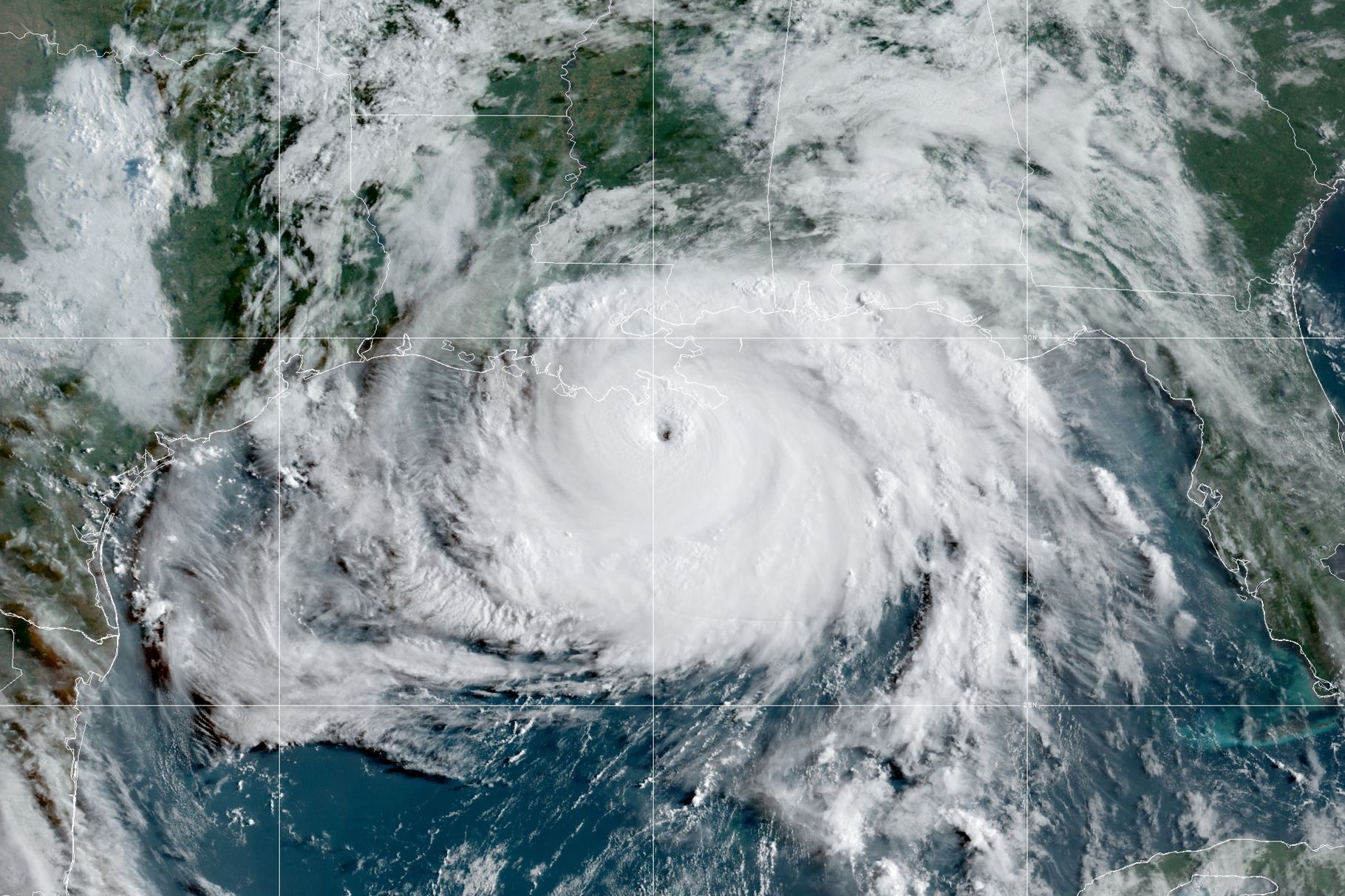
The CDP Atlantic Hurricane Season Recovery Fund is a permanent fund, allowing CDP the most flexibility to respond to philanthropic and humanitarian needs as they arise. You can donate to the fund to support hurricane recovery.
Contact CDP
Philanthropic contributions
If you have questions about donating to the CDP Atlantic Hurricane Season Recovery Fund, need help with your disaster-giving strategy or want to share how you’re responding to this disaster, please contact development.
(Photo: Hurricane Ida over the Gulf of Mexico approaching Louisiana. Source: GOES-East NOAA)
Recovery updates
If you are a responding NGO or a donor, please send updates on how you are working on recovery from this disaster to Tanya Gulliver-Garcia.
We welcome the republication of our content. Please credit the Center for Disaster Philanthropy.
More ways to help
As with most disasters, disaster experts recommend cash donations, which enable on-the-ground agencies to direct funds to the greatest area of need, support economic recovery and ensure donation management does not detract from disaster recovery needs.
CDP has also created a list of suggestions for foundations to consider related to disaster giving. These include:
- Take the long view: Even while focusing on immediate needs, remember that it will take some time for the full range of needs to emerge. Be patient in planning for disaster funding. Recovery will take a long time, and funding will be needed throughout.
- Recognize there are places private philanthropy can help that government agencies might not: Private funders have opportunities to develop innovative solutions to help prevent or mitigate future disasters that the government cannot execute.
- All funders are disaster philanthropists: Even if your organization does not work in a particular geographic area or fund immediate relief efforts, you can look for ways to tie disaster funding into your existing mission. If you focus on education, health, children or vulnerable populations, disasters present prime opportunities for funding.
- Ask the experts: If you are considering supporting an organization that is positioned to work in an affected area, do some research. CDP and National VOAD (U.S.) and InterAction (international) can provide resources and guidance about organizations working in affected communities.
Philanthropic and government support
The Center for Disaster Philanthropy’s Atlantic Hurricane Season Recovery Fund is a permanent fund that focuses on the full spectrum of the disaster cycle. The following are examples of grants awarded through this fund:
- CDP awarded a $250,000 grant to United Policyholders to deliver recovery assistance services to households impacted by Hurricanes Ian and Nicole through the time-tested Roadmap to Recovery(R) (“R2R”) and Advocacy and Action programs. This includes continued communications initiated with insurance industry representatives, attorneys and claim adjusters aimed at setting new ground rules for the appraisal process.
- CDP awarded a $200,000 grant to the Hope DeSoto Long-Term Recovery Committee to increase long-term recovery efforts in DeSoto County, Florida and to build resiliency in the community.
- CDP provided a $500,000 grant to for SBP USA and its partners can return at least 22 vulnerable, Hurricane Ian-impacted families to the safety and security of their homes. SBP’s long-term recovery work will not only lay the groundwork for continued recovery efforts throughout the region, but will also position local nonprofits to leverage additional resources to drive community resilience initiatives for years to come.
- CDP awarded a $450,000 grant to Equal Justice Works to enhance the capacity of its Disaster Resilience Program to deliver legal services by mobilizing legal fellows to partner organizations in Florida and Puerto Rico to serve low-income communities impacted by Hurricanes Ian and Fiona and at risk of future disaster. Fellows will provide direct legal services; conduct education and outreach; conduct policy and systems change work; and train pro bono and other legal aid attorneys to promote disaster preparedness, recovery and long-term resilience.
- CDP provided Fundación de Mujeres en Puerto Rico with a $250,000 grant to support the grass-roots, women-led organizations that possess the deepest expertise regarding what disaster-recovery assistance is needed in Puerto Rico’s most vulnerable communities—and that are invariably the first boots-on-the-ground offering that assistance. The grant will provide the holistic operational, strategic and emergency resources that organizations need to continue carrying out their life-saving work with maximum effectiveness.
Resources
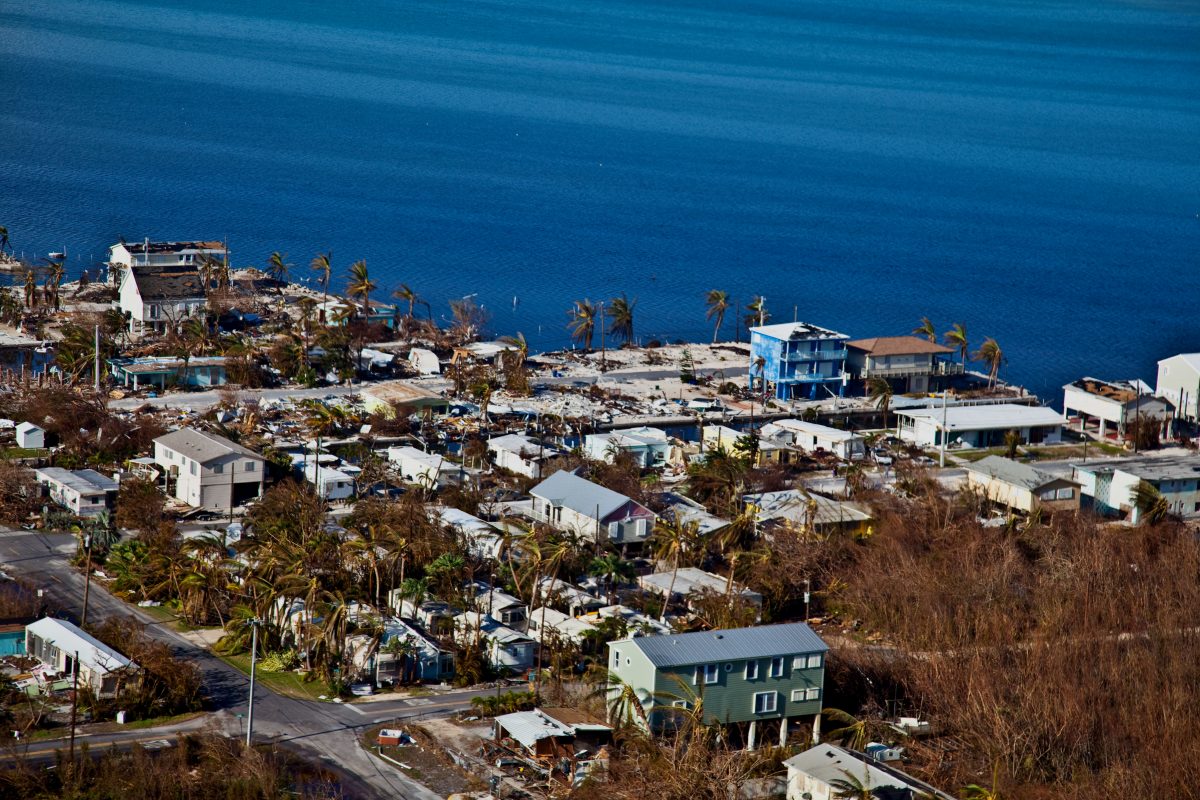
Hurricanes, Typhoons and Cyclones
Hurricanes, also called typhoons or cyclones, bring a triple threat: high winds, floods and possible tornadoes. But there’s another “triple” in play: they’re getting stronger, affecting larger stretches of coastline and more Americans are moving into hurricane-prone areas.

Insurance
Each natural disaster reminds us of the value of insurance to protect our homes and businesses. But with the news filled with stories about homeowners still waiting to settle claims, or insurance covering less damage than expected, what is the role of private insurance in disaster recovery?
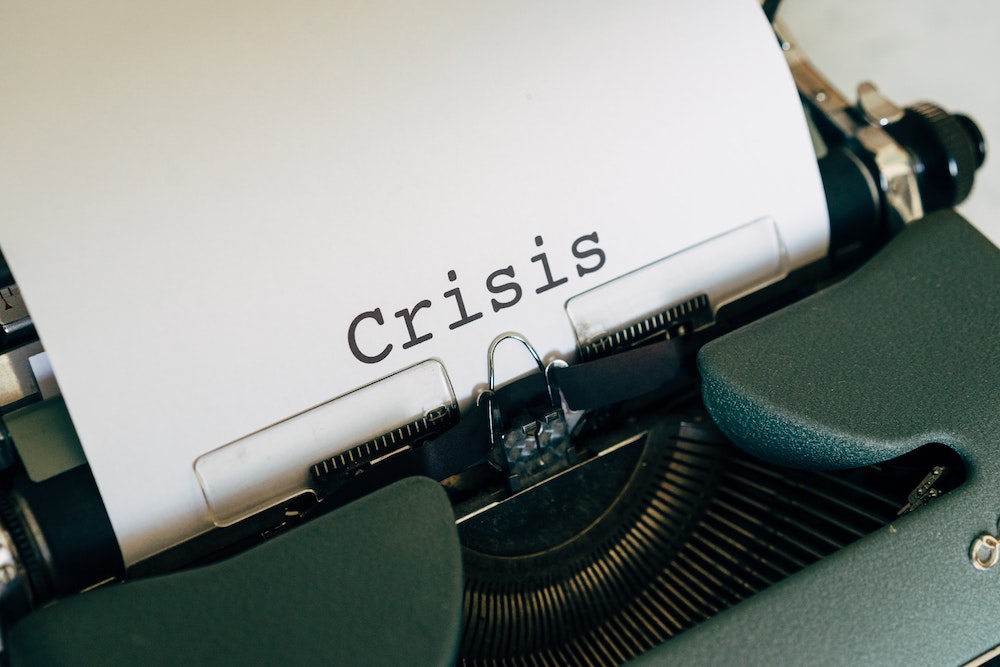
Crisis Communications
When a disaster strikes, a crisis communications plan that uses the six pillars of crisis communications will allow staff to communicate clearly, concisely and in ways that match your organization’s and community’s needs.